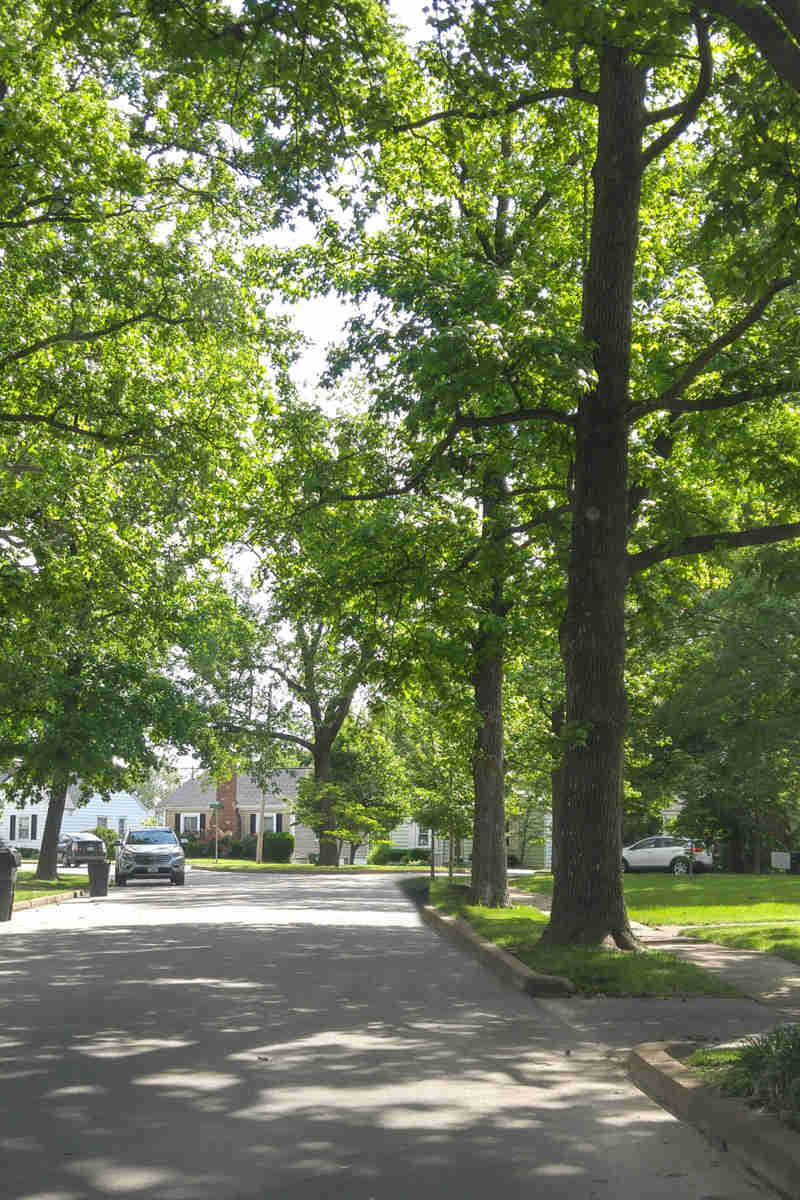The changing leaves can be a beautiful sight after a long summer, but to a tree care professional, they’re a signal that it’s time to get busy preparing for spring. This may seem premature, but in reality, fall is a critical time to ensure the health and resilience of your trees for another year. In a lot of ways, summer’s end means the work is just beginning.
As leaves turn from the bright green of summer to the dazzling assortment of reds, yellows, and oranges of fall, the trees are pulling nutrients back down into their roots to prepare for the long winter. This shift allows the trees to focus on protecting and developing their root systems, which gives arborists the opportunity to zero in on a tree’s specific needs during the dormant period. From the roots to the canopy, when the leaves have fallen, it’s a great time to give your trees a little TLC.
There are several jobs that need to be done to make the most of fall, get your trees ready for winter, and give them a head start on spring. The dormant period that begins in fall is when a good tree care program can have a profound effect on the longevity of the trees on your commercial property. Here are five of the most important things you should consider when developing your fall tree care checklist:
- Remove fallen leaves – along with protecting turf areas, removing leaves from around trees helps rain and irrigation soak into the soil more effectively, reduces the risk of pests and disease, and allows you to have more control over what’s happening in the root system.
- Apply Fertilizer – Application of a slow-release fertilizer in fall can help trees get a jump on spring by replacing nutrients lost when leaves drop in autumn. Testing soil and developing a plant health care program can help you identify exactly what your trees need.
- Irrigate the Soil – A long, dry summer can affect a tree’s ability to protect itself from the rigors of winter. So if you’ve had a dry season, or if a tree is in an area that doesn’t retain the necessary moisture, fall is a good time to ensure your trees are adequately watered.
- Mulch or Compost – Applying a layer of mulch or compost on top of a tree’s root system helps retain moisture and protect against cold temperatures, pests, and other environmental factors that can harm the roots and lead to further damage next spring.
- Conduct a Visual Inspection – A trained arborist can help you assess the overall health of a tree to identify pests, diseases, and damaged limbs, and recommend a treatment or pruning plan to address these issues before they become significant problems.
Other things to consider in the fall are planting new or transplanting existing trees. Depending on the species, this can be a great time to revitalize your property by adding or moving trees. And once the leaves are down, it’s easier to spot limb junctions that may need structural pruning or additional support from cabling and bracing.
A fall tree care program takes a coordinated effort between landscape teams and arborists. Oftentimes things like leaf removal and mulching are already part of a fall cleanup process, but the tree-specific work is best handled by a Certified Arborist. Davey’s trained crew members work together to ensure that your commercial property is healthy and beautiful all year long.
NEED A FALL TREE CARE REGIMEN? CONTACT A DAVEY REPRESENTATIVE FOR A PROPERTY ASSESSMENT TODAY!



